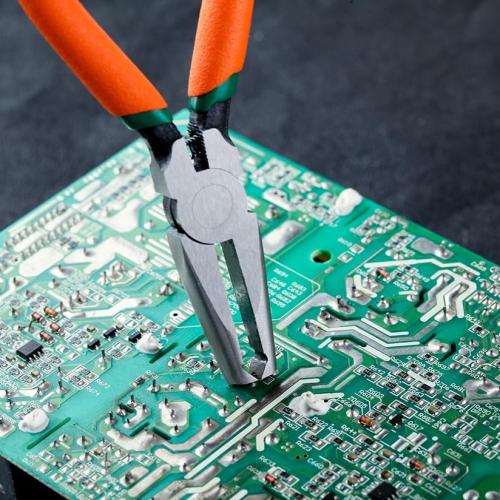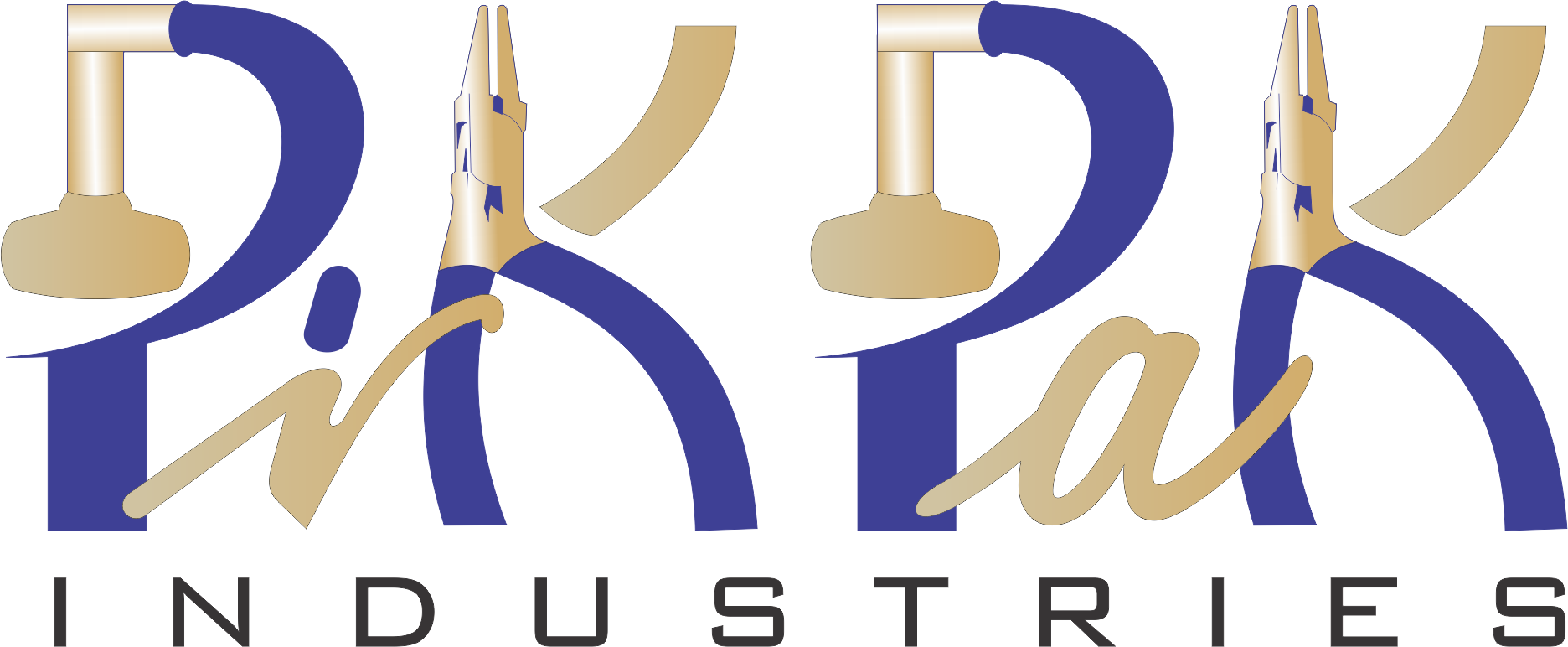Blogs
Essential Tools for Electricians: Pliers, Cutters, and Precision Tools
Repairing electronic devices requires a combination of skill, precision, and the right tools. Electricians and technicians often work with complex circuits, tiny components, and delicate connections that demand specialized tools. Among the most commonly used tools for electronics repair are pliers, cutters, and various precision instruments. In this blog, we will explore the essential electrician tools—such as pliers, cutters, and precision instruments—that help ensure efficient and effective repairs for electronics.
1. Pliers: A Versatile Tool for Precision Work
Pliers are one of the most essential tools in an electrician's toolkit, especially when working with electronics. There are several types of pliers that are specifically designed for fine, detailed work on electronic components. Some of the most common pliers used for electronics repair include:
-
Needle Nose Pliers: Needle nose pliers have long, narrow tips that allow electricians to access tight spaces within electronic devices. These pliers are perfect for handling small components like capacitors, resistors, and connectors, giving electricians the control they need without causing damage.
-
Flat Nose Pliers: Flat nose pliers are ideal for bending, gripping, and holding wires in place during the repair process. Their wide jaws provide stability and control when manipulating small parts and wiring within electronic devices.
-
Round Nose Pliers: Round nose pliers are used primarily for bending wires into loops or circular shapes. These are often used when forming connections or managing wiring in a way that maintains flexibility and precision.
Pliers are indispensable when working with electronics, offering electricians the ability to manipulate, hold, and shape components with high accuracy.
2. Wire Cutters: Clean and Precise Cuts for Electronics
Wire cutters are essential when dealing with excess wire or cutting through tiny components during electronics repairs. Having the right type of cutter ensures clean, accurate cuts without damaging surrounding parts.
-
Flush Cutters: Flush cutters are perfect for cutting thin wires with a smooth and precise cut. These cutters are designed to leave a clean edge, making them ideal for trimming wire leads on components without leaving excess material that could interfere with the repair.
-
Diagonal Cutters: Diagonal cutters (also called side cutters) are ideal for cutting wires and leads at an angle. These are perfect for cutting wires close to the surface of the device, ensuring that no excess material is left behind to interfere with the repair or function of the device.
Having clean, precise cuts is important in electronics repair to ensure the job is neat, efficient, and safe.
3. Tweezers: Handling Tiny Components with Precision
When working with tiny electronic parts, tweezers become a crucial tool for electricians. They are used to handle delicate components like microchips, capacitors, and resistors, which are often too small to pick up with fingers.
-
Anti-static Tweezers: Anti-static tweezers are designed to prevent static electricity from building up, which can damage sensitive electronic components. They are ideal for handling microchips, memory modules, or other delicate parts that are vulnerable to electrostatic discharge (ESD).
-
Fine-tip Tweezers: Fine-tip tweezers provide the utmost precision for picking up and placing tiny parts without the risk of damaging them. These tweezers are essential for tasks such as inserting small components into tight spaces or manipulating fragile parts without slipping.
Tweezers allow electricians to handle small, sensitive parts with precision and care, preventing accidents or damage during the repair process.

